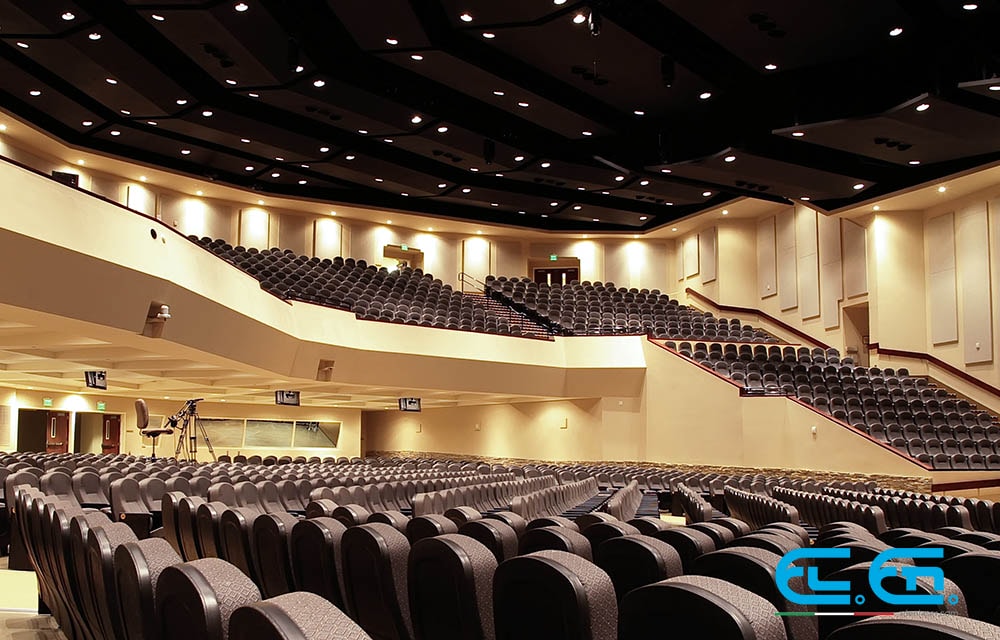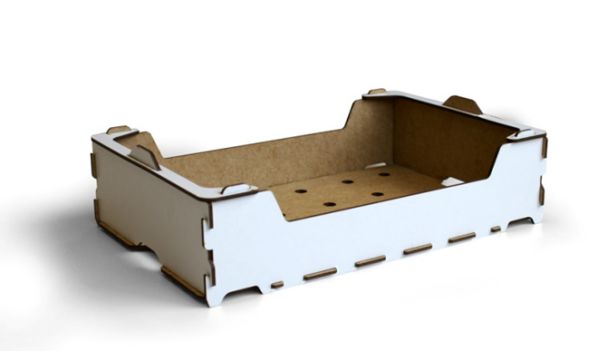Laser scoring is a wonderful technique to create advanced features on flexible packaging. Together with laser perforation it lets designer conceive easy opening packages, single portioned or disposable boxes, tear-apart openings that can enrich the experience of the product.
The rising success of easy to open packages has pushed producers to look for new packaging solutions. More than ever, consumers are used to easy-opening packaging.
The introduction of laser technology and digital converting processes has pushed packaging companies to find innovative solutions that were unthinkable of just a few years ago. Industrial lasers for packaging, such as the CO2 laser, give added value to a product by not only protecting it, but also making it easy to open.
Plastic film packaging, which has offered a wide scope for experimentation, is a perfect example of the added value of packaging.
As discussed in previous articles, CO2 laser can increase the breathability of the plastic film according to the product they contain. Fresh produce, for example, can be wrapped in micro-perforated bags in a modified atmosphere room to extend its longevity.
Laser scoring on plastic film bags to make packaging easy-to-open is another laser application that has many uses.
What is laser scoring?
A laser beam vaporises predetermined areas of a plastic film, thus creating the scoring. The weakening line that is created makes the packaging easy to open without the use of tools.
Laser incision has the advantage of removing the material in a precise and uniform way. This technique gives the possibility to closely control the depth of incision. By removing only the strict minimum amount of material, the integrity of the packaging remains untouched.
The right materials for laser incision
Laser incision is ideal for flexible packaging made in plastic film. These materials, which are some of the most commonly used in the packaging sector, are perfectly compatible with CO2 laser:
- polypropylene
- polyethylene
- polyester
- nylon
- multilayer films
Plastic film packaging can be used for all kinds of products: food, cosmetics, chemical products, herbal and pharmaceutical products.
Laser scoring technology
There has been a paradigm shift in the world of packaging since the introduction of laser technology. We have shifted from the mass production of standardised products to the small production of highly tailored products.
This change has only been possible because laser technology is a digital production tool. It can be completely controlled via software and is fully automated. A scoring laser system can be designed right from the beginning of the process and can work in analog work flows. Regardless of the type of work flow, laser technology brings added value to the production process, making it simple and fast.
Laser incision is a very versatile tool since the depth of incision can be controlled. By loading different vector files into the system, you can easily and quickly go from scoring to cutting through the material.
The laser can make incisions in a straight line, following the reel’s movement (down web?) or even transversally. The movement of the laser scoring is completely defined by the user. It can follow a straight line, the contour of a shape or a freeform path.
Laser technology is ideal for scoring because it is a contactless process. The lack of physical contact makes it possible to avoid problems such as the accidental rupture of the plastic film or the use of cutting tools. In order to achieve a high quality incision, the blades had to be perfectly sharp and therefore frequently changed. Production would to come to standstill in order to change machine parts which resulted in higher production costs.
The use of laser technology make all these problems obsolete. The only maintenance laser needs is a periodic gas refill. And now, with El.En.’s self-refilling technology which allows the laser source to be recharged autonomously, even this minor inconvenience can be avoided.
The right laser source for laser scoring
In conclusion, the CO2 laser is ideal for scoring of plastic film. The previously mentioned materials respond well to the CO2 laser wavelength. The laser scoring process works best with a low power laser source or with up to a 300 W power supply. One should also take into consideration that the higher the laser power, the faster the production.
The possibilities given by system integrations and configurations are endless. Once the type of application has been decided, it becomes easy to choose the best configuration.




